Lease modifications are on the rise. As the world comes to grips with the effects of COVID-19, business leaders are focused on managing their cash. Many leaders are responding to the unprecedented disruption by balancing out their liquidity and cash flow. Right now, focusing on liquidity and equipment leasing offers sizable financial benefits to companies. Leasing provides businesses the opportunity to obtain long-lived assets while maintaining their current cash position. This is why businesses are financing new equipment, and renegotiating existing lease contracts to secure liquidity and manage cash.
In terms of business continuity, many companies are developing an action plan that will enhance their long-term. Today, we will discuss the action plan that Equipment Finance Advisor developed, which focuses on renegotiating with lessors the terms of existing leases during the COVID-19 pandemic. You can generally account each of these approaches as a deal modification that requires a re-measurement of the lease liability and right-of-use (ROU) asset using the most recent and appropriate incremental borrowing rate (IBR).
A Roadmap to Accounting for Lease Modifications
We have outlined and recapped Equipment Finance Advisor’s roadmap on how to account for lease modifications to help companies conserve cash on hand.
- Seek Out Abatements. Companies that are feeling the effects of the coronavirus pandemic are looking to defer rent or lease payments for a period, also referred to as “Rent Holidays.” This would give businesses an opportunity to prevent a permanent closure due to loss of revenue from the coronavirus shutdowns.
- Request payment forgiveness. Legions of companies are currently unable to make full or timely rent payments due to the impact of COVID-19. Some companies have successfully negotiated with their lessor for some kind of concession (i.e., payments forgiven) therefore increasing cash flow. In some instances, entities have asked and received a month or two of not paying rent during the pandemic. This has worked for businesses that had to temporarily shut down operations due to COVID-19.
- Ask for interest rate reductions on leases. If there is a reduction in the interest rate that is built into a lease, this will reduce payments and enhance cash flow. With interest rates at historical lows, many lessors are refinancing with their lenders to reduce their cost of carry. This means lessees will also be able share in part of the interest reduction.
- Reduce the length of the lease term. Shortening the term of leases can help companies reduce payments and increase cash flow as they navigate through the COVID-19 environment. Some lease concessions have been made for lessees to terminate leases early without penalty, to increase cash flow.
- Full and partial lease restructurings. Lessors, of course, want to see their lessees succeed in their business. Many lessors are willing to restructure a lease to benefit both parties to help keep the lessee’s business successful. When a lease restructuring extends the terms of the lease, these changes will benefit the lessor. When a lease restructuring reduces the lessee’s payment or payment deferrals, these changes will help preserve the lessee’s short-term cash flow. Full and partial lease restructurings generally provide benefits to both parties.
- Obtain current and future lease incentives. Companies are looking to negotiate lease modifications that will add lease incentives to the contract. The changes in lease incentives can ultimately reduce the lessee’s outflows, in turn reducing spending in the short term and increasing cash flow.
- Change fixed payments to variable payments. For example, if a lessee changed their fixed payments to variable payments – based on asset utilization or a percentage of revenues – they can better match its lease-related outflows to its cash inflows.
- Seek loyalty payments. The lessor can obtain loyalty payments, and as a result, can increase the lessee’s cash inflows. Companies would generally pursue loyalty payments under master leases in which it is leasing multiple assets from a single lessor. Equipment Finance Advisor states that multiple loyalty payments or future-dated loyalty payments must be accounted for accordingly.
Additional Resources Available
Lastly, there are several other good resources around lease modifications during the COVID-19 pandemic. For instance, Equipment Leasing and Finance Association recently hosted a webinar around lease modifications and restructurings in the COVID-19 environment. The webinar focuses on the basic accounting model for lease modifications and how the different leasing models work with lease modifications. In addition, LTi’s HUB serves as a great resource for our customers during this time. The LTi Client Hub is a community built around our products and services while allowing our users to collaborate with each other. The HUB offers customers new features and how-to videos to better adapt to the challenges they are facing during the coronavirus. This online forum also opens a channel of communication between LTi experts and our customers.

